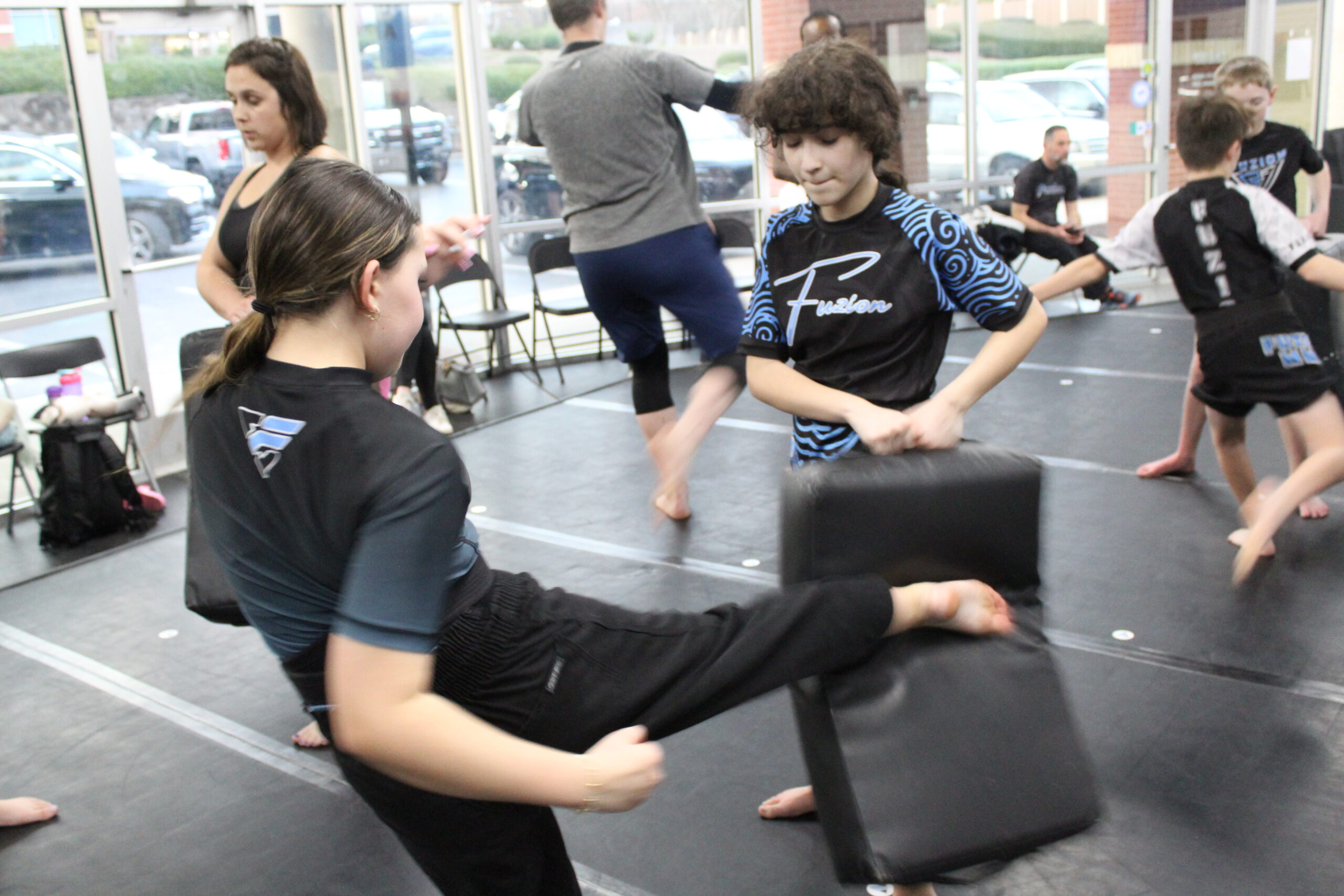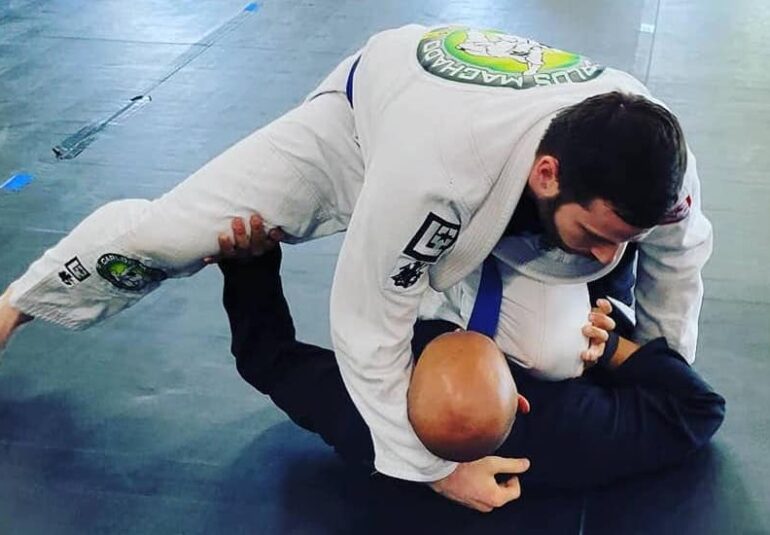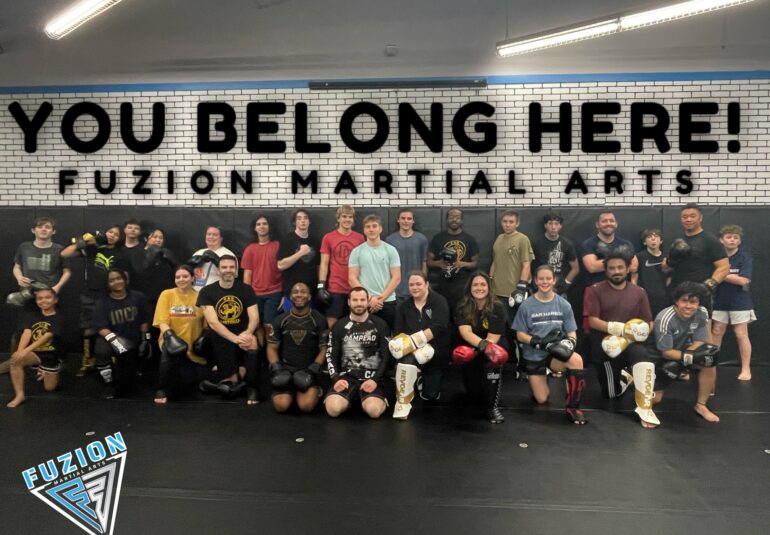
- 433
In the world of martial arts, two words often get tossed around as if they mean the same thing: training and conditioning. While closely related, they are not interchangeable.
Let’s break it down.
What is “Training”?
Training refers to the technical, tactical, and skill-based practice specific to a martial art.
In training, you focus on:
-
Learning and refining techniques (e.g., strikes, submissions, throws)
-
Practicing timing, distance, and strategy
-
Drilling scenarios and live sparring
-
Understanding the art’s philosophy, rules, and applications
Training is about becoming more proficient in the art itself — physically, mentally, and strategically.
What is “Conditioning”?
Conditioning focuses on building the physical attributes that support and enhance martial arts performance.
This includes:
-
Strength
-
Speed
-
Power
-
Endurance (both cardiovascular and muscular)
-
Flexibility
-
Recovery ability
Without good conditioning, even the best techniques can fail because the body isn’t strong, fast, or durable enough to apply them effectively under pressure.
Understanding the difference between training and conditioning — and tailoring both to your martial art — is critical to becoming a well-rounded martial artist.
Whether you’re throwing lightning-fast kicks in Taekwondo, grappling for dominant positions in BJJ, or preparing for the multi-dimensional battles of MMA, mastery requires that you respect both the skill and the body that wields it.
In short:
- Training makes you technically and tactically better.
- Conditioning makes you physically capable of applying your skills effectively.
Both are essential — the balance just shifts depending on your martial art and your personal goals.
Stay sharp. Train smart. Condition harder.


